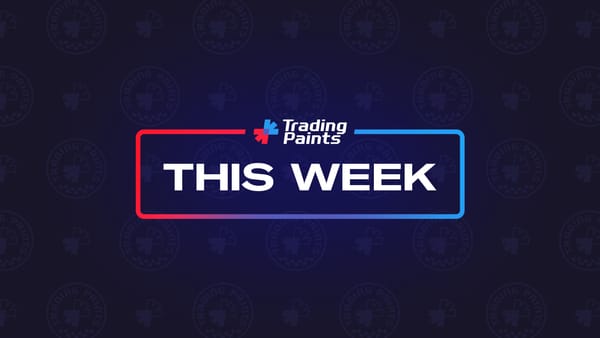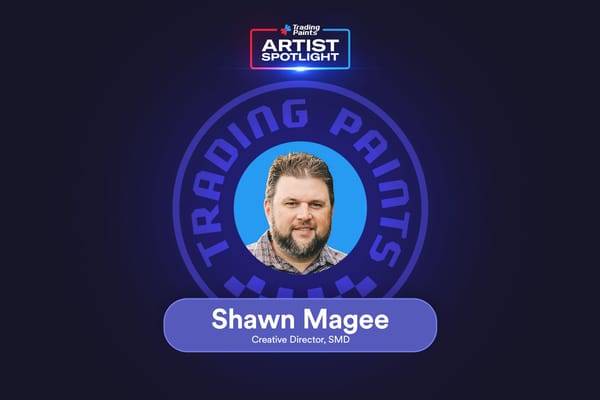Artist Spotlight: BLACKBEARDltd
Not many designers can say that their work knows no bounds, literally, from the racetrack to the skies. But one Seattle-based designer can.
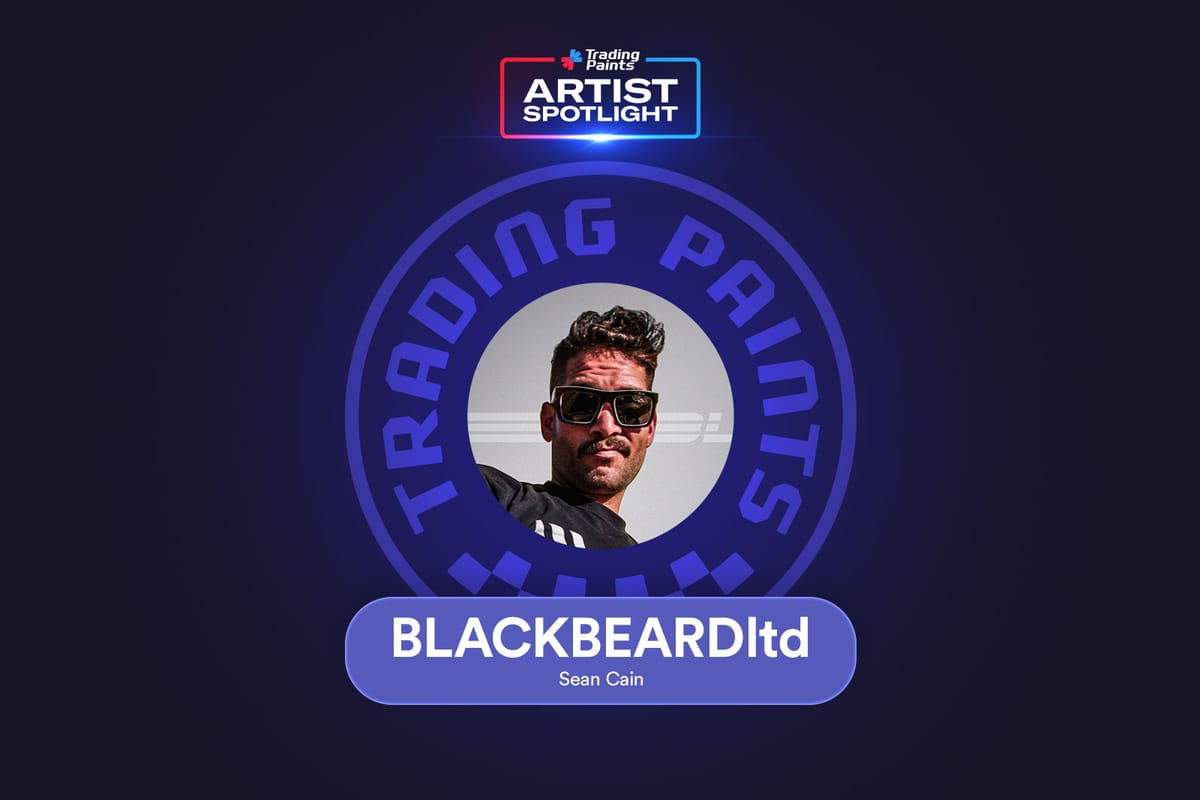
As a designer who lives by the mantra of “Brand is king,” there’s a reason why international brands call Sean Cain of BLACKBEARDltd to bring unique, eye-catching designs that help set themselves apart from anything created before.
1️⃣ How did you get your start designing?
I really started designing as a kid drawing all kinds of vehicles. In third grade I went through a phase of drawing themed monster trucks.
2️⃣ Where do you turn for inspiration?
I don’t have a concrete answer. But, I think travel, exploring the outdoors, and hard exercise with adrenaline dumps fill my creative reservoir.
3️⃣ What project of yours personally are you most proud of and why?
The SealMaster Top Fuel Dragster I did for Kalitta Motorsports in 2015 was my first foray into big-time drag racing, which was the motorsport of choice in my house growing up.
To me, it’s a very bright, clear design that represents an underdeveloped brand on multiple levels. It also created a motorsports brand theme for SealMaster that continued on to their Lexus Sports cars and IndyCar liveries.
I’m also very proud of all of the work I’ve done with Valvoline.
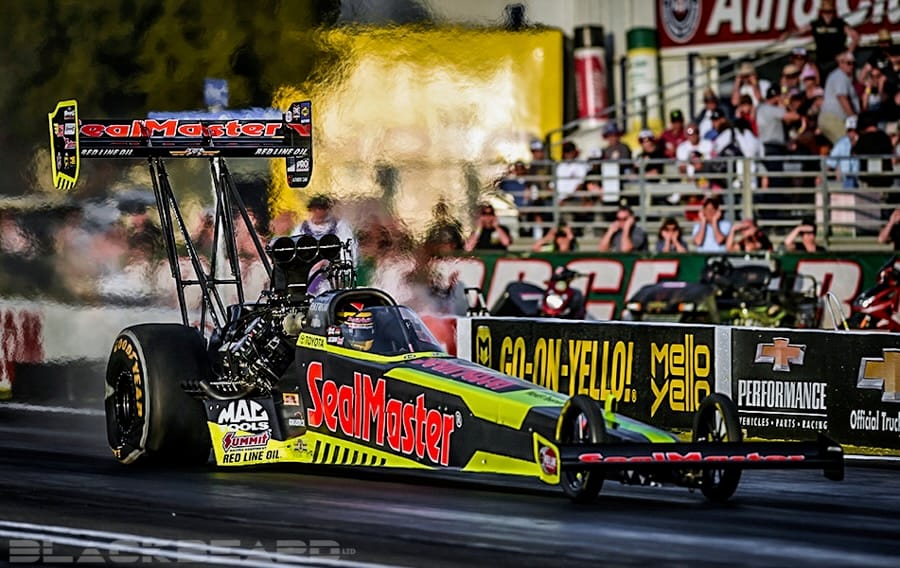
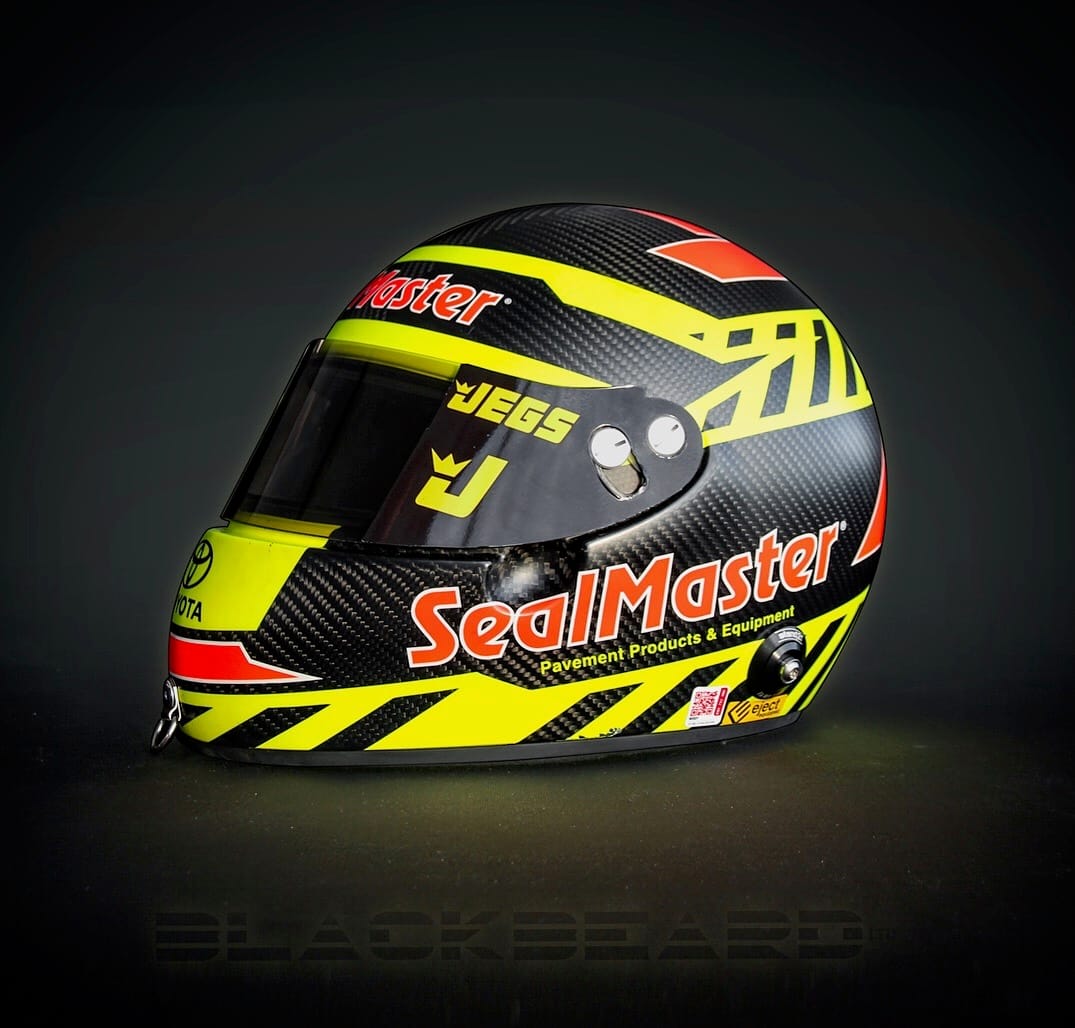
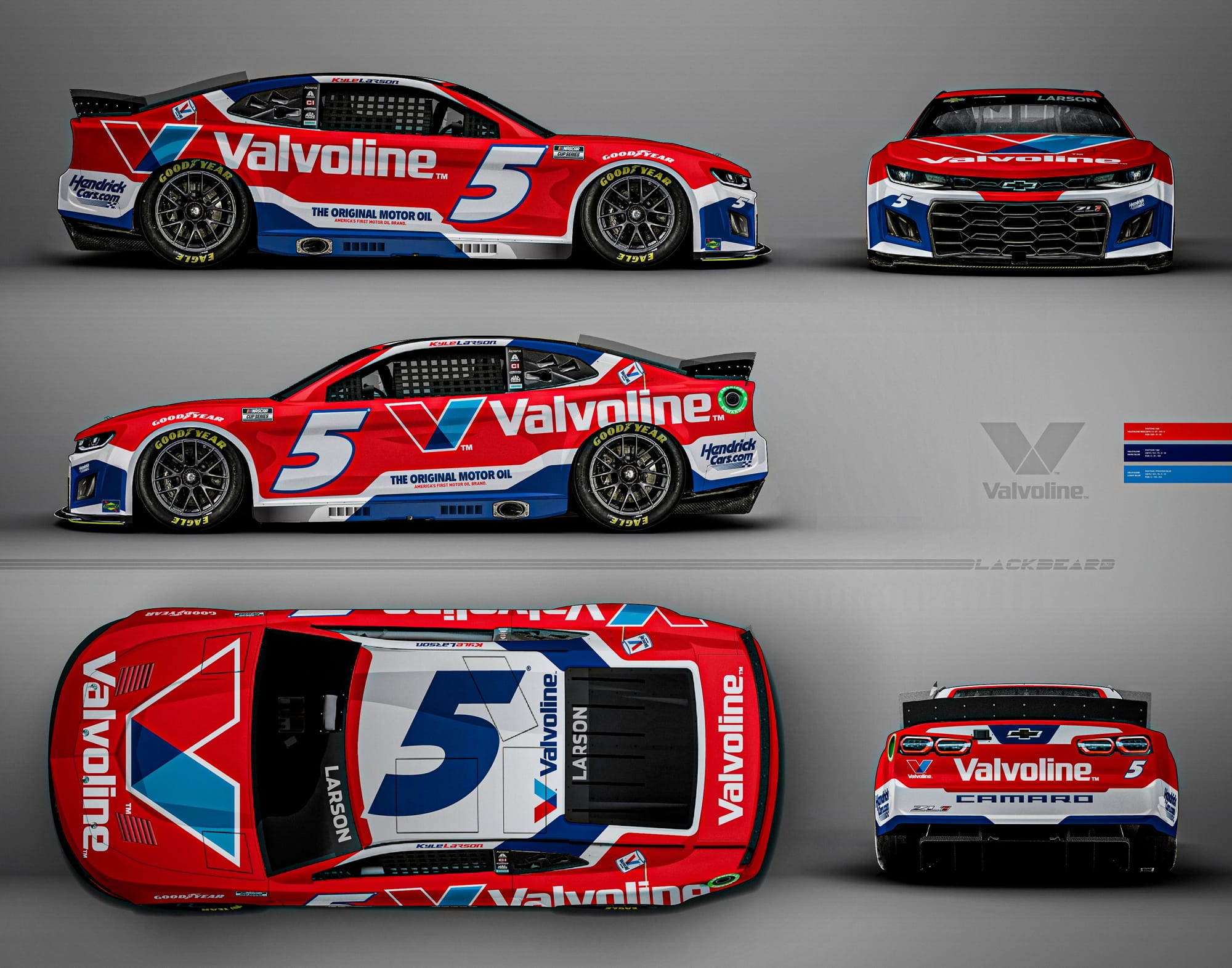
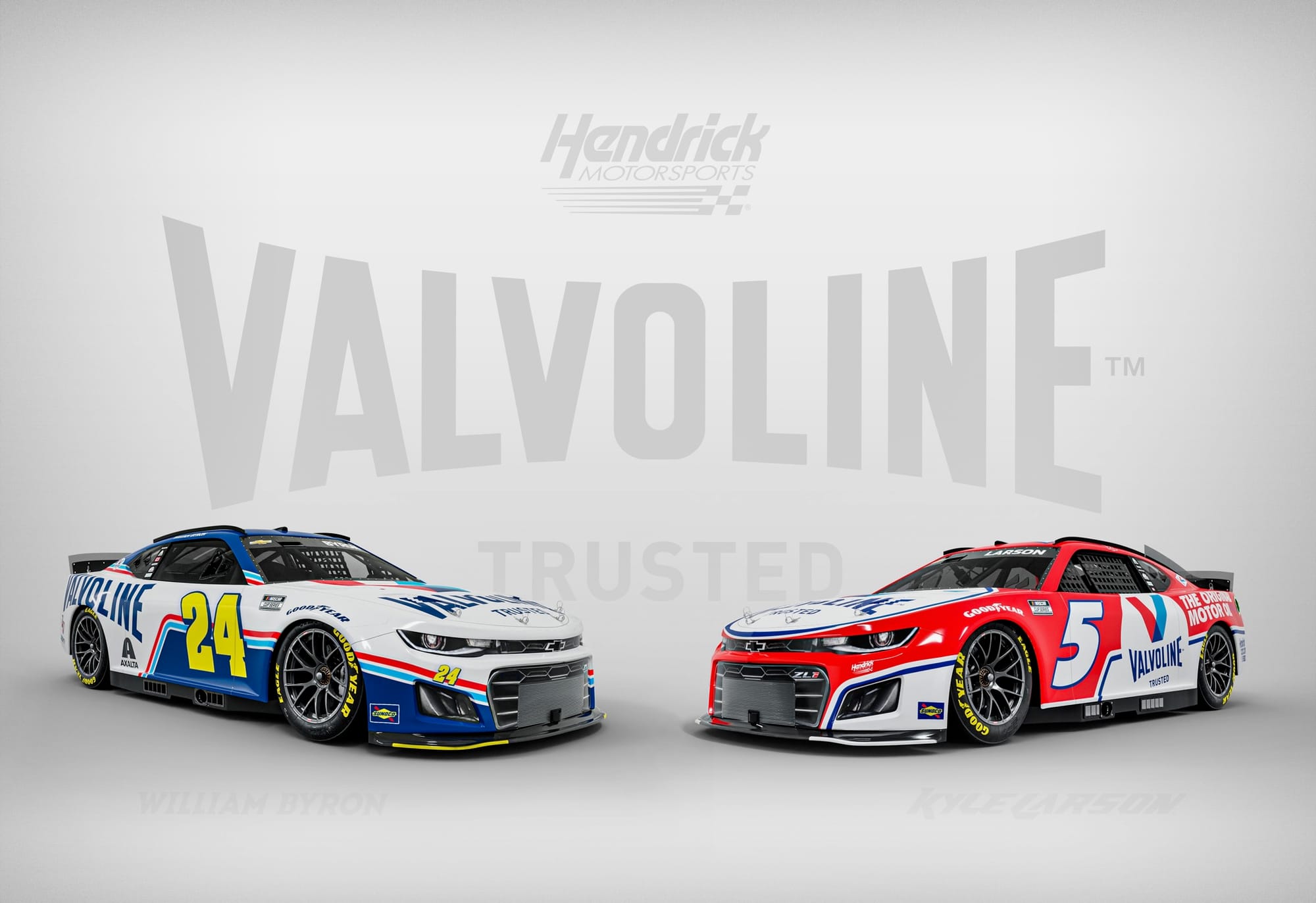
Sean’s breadth of experience knows no bounds with work spreading across multiple forms of motorsports (Images/Renders provided by BLACKBEARDltd.)
4️⃣ What’s your ‘trademark’ style that helps you stand out from other designers?
BRAND is king. Not sure that makes me stand out from other designers, but I let it guide my style.
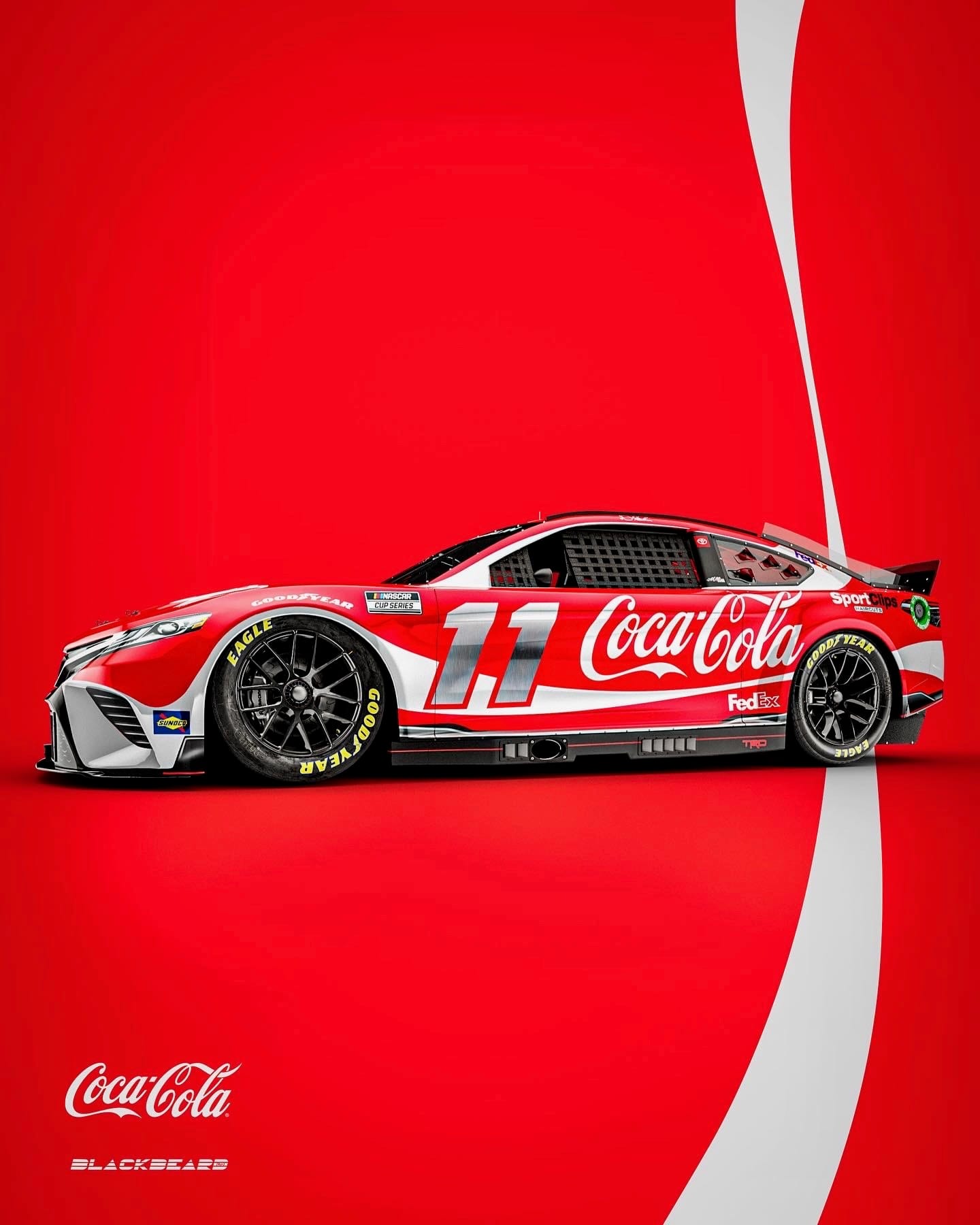
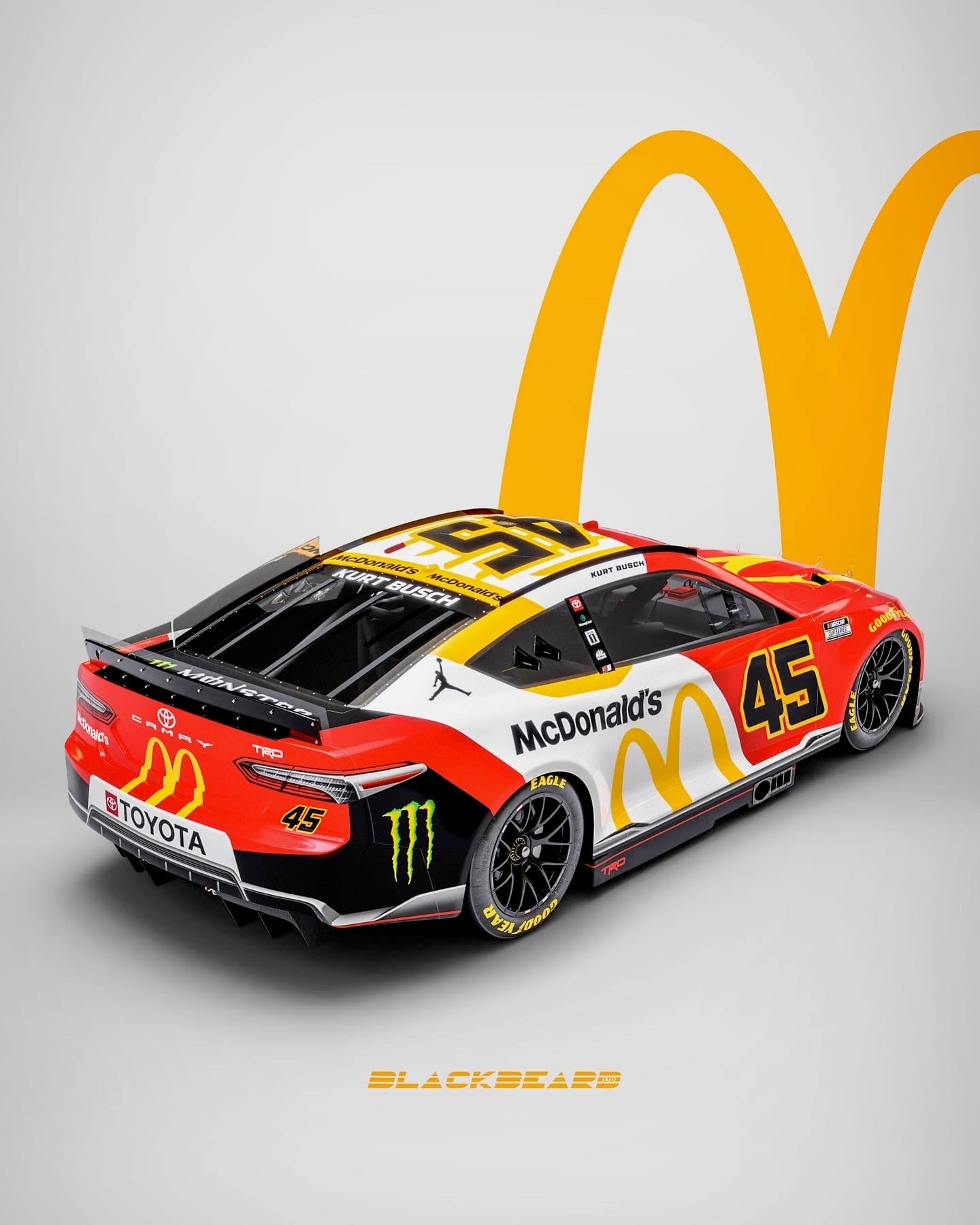
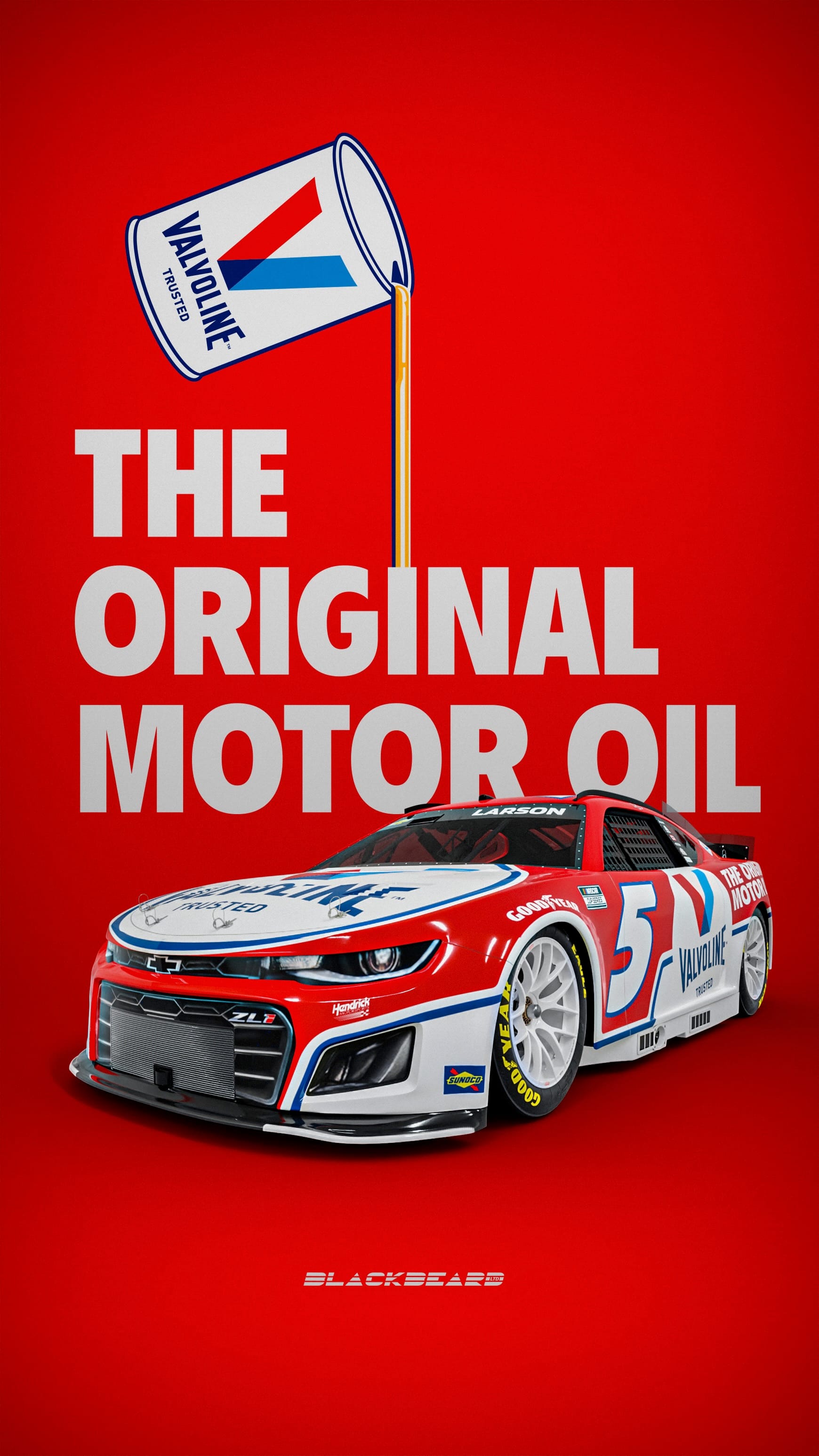
Sean’s mantra of “BRAND is king” has become a staple of his work, commanding high praise from across many in the industry. (Renders by BLACKBEARDltd.)
5️⃣ You graduated from Western Washington University with a Bachelor’s of Science, Industrial and Product Design in 2004. Did you view your career going in a different direction before you found motorsports?
Industrial Design (ID) is product design — a blend of art and engineering. I practiced ID for few years after graduation at a small design firm working on outdoor sporting products. In school, I was really drawn to the branding and graphics portions of my projects and less so by the technical side.
My friend started a vinyl company focusing on motorsports and needed help with the digital side of the work, so I starting doing that on nights and weekends and eventually ended moving on from product design into motorsports designs. Soon after, I got connected with the Kasey Kahne Racing group and moved out to North Carolina to take on Creative Director for all things Kahne.
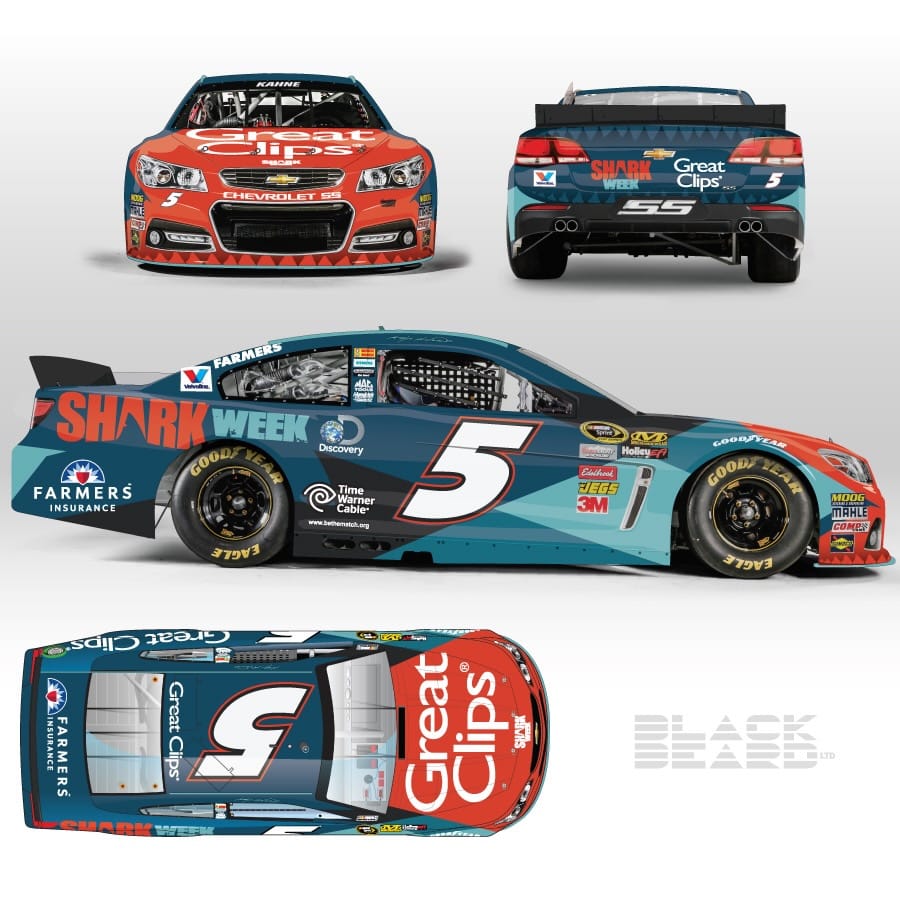
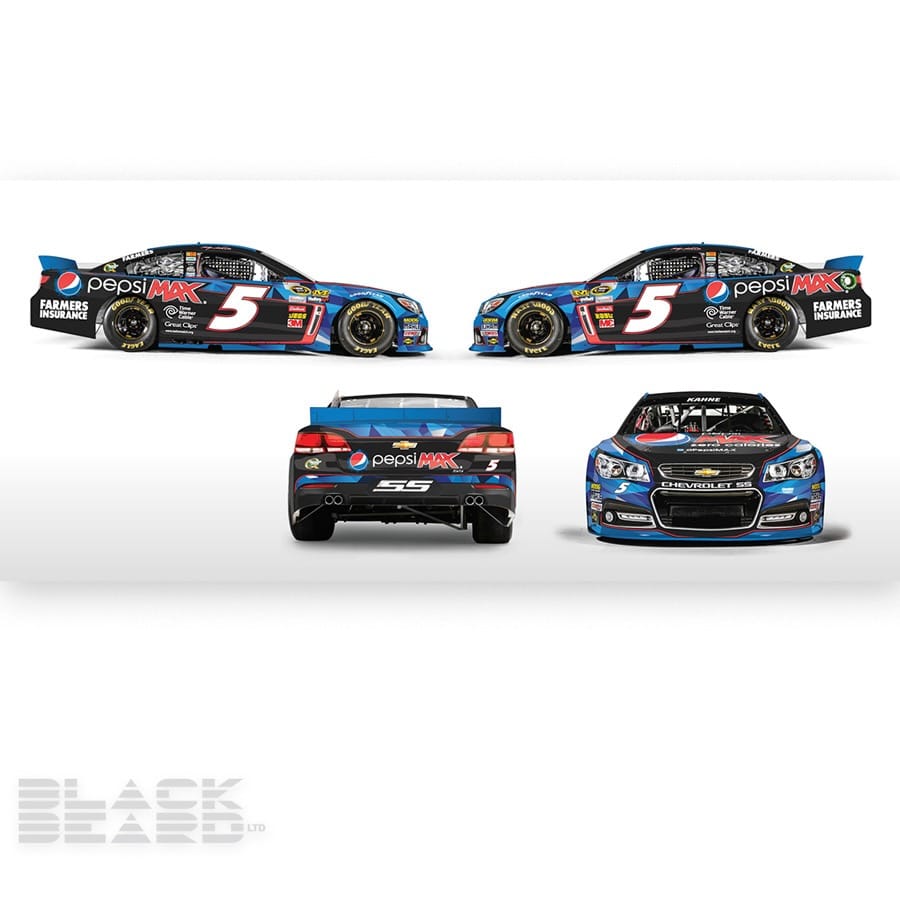
Some of the first examples of Sean’s work as Kasey Kahne Racing’s Creative Director (Renders by BLACKBEARDltd.)
6️⃣ Where did the name “Blackbeard” come from and what was the inspiration of your branding?
At the end of my junior year at WWU I was applying for a year-long design internship/job with GE. I had to present a portfolio package, and because I enjoyed branding, it seemed to be a good opportunity to brand myself as a designer. I wanted my brand to embody my young design philosophy, “design without fear.”
Growing up, my dad would tell me stories about his older brother Mark. He was a big, intimidating dude — a marine, a logger, a tugboat mechanic, a bar brawler. I didn’t get to spend much time with him before he died, but he was a legend in my young mind. As I brainstormed my design brand the legend Mark ended up becoming my mascot, my icon, my spirit animal. Naming the brand was a challenge, but you can see he bears a striking resemblance to the famous pirate and embodies similar attributes.
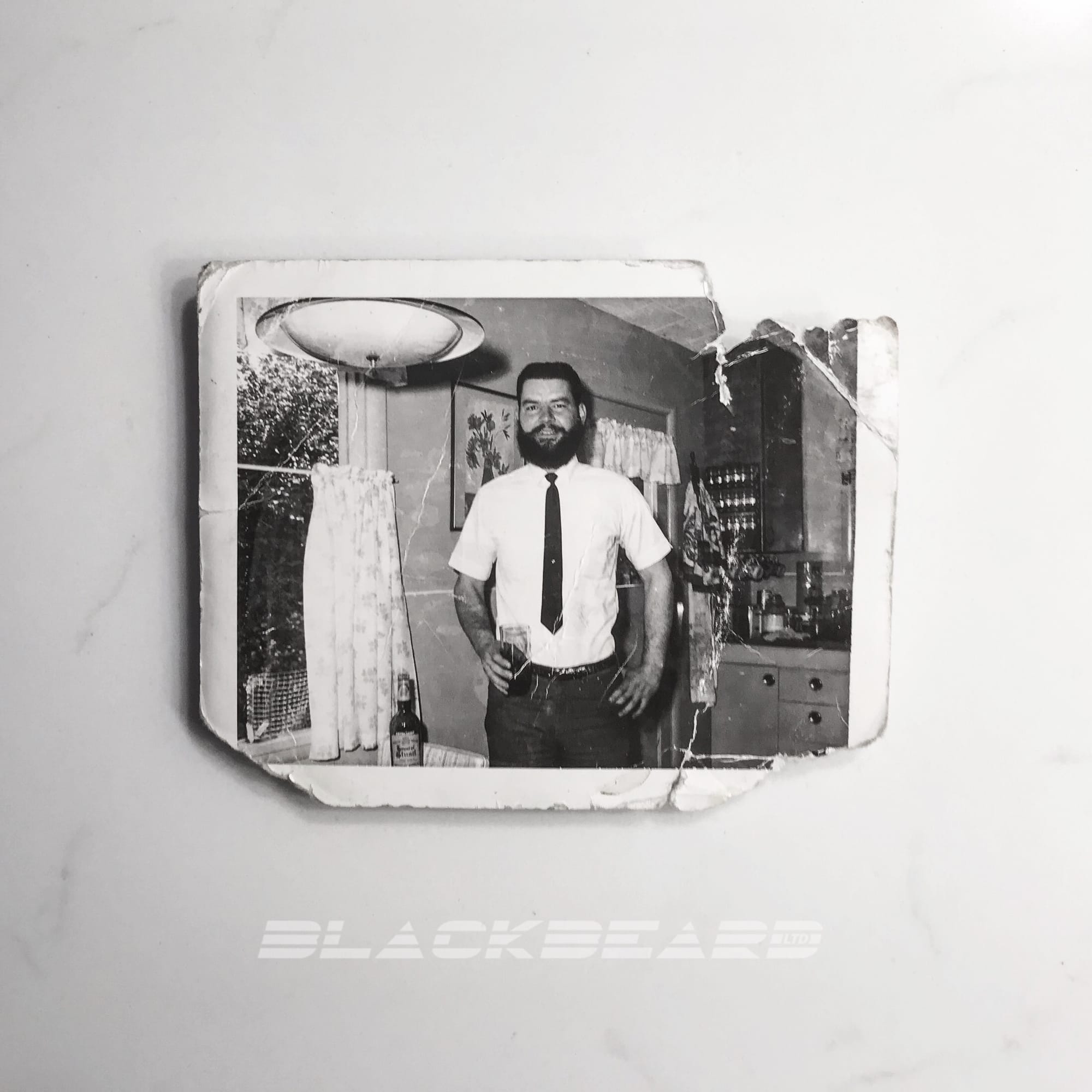
7️⃣ This season, you designed Kyle Larson’s entries for “The Double” — IndyCar’s Indianapolis 500 and NASCAR’s Coca-Cola 600. What was the process like?
It was a big challenge. I got to do Kyle’s 600 car last year based on the Indy design that was already completed by Arrow McLaren. I was thrilled to hear that this year I was able to do both. It would be my first IndyCar design, besides two that I did for iRacing clients durning Covid. I started with the IndyCar but had no direct input or support from Arrow McLaren, only secondhand input and feedback from HendrickCars.com.
I had to build my own templates and understand the 3-dimensional flow of the car digitally. There were a few major performance-based design changes made near the end of the process that I think degraded the final concept. Once the Indy livery was close, I started on the Cup car, which is much more comfortable design territory for me. I was a little disappointed that the production Cup livery had identical sides which doesn’t work on the No. 5 car as the door numbers don’t change lean, so the No. 5 leans forward on right side of car and rearward on left side of car. My graphics were adjusted on either side to flow with the number.
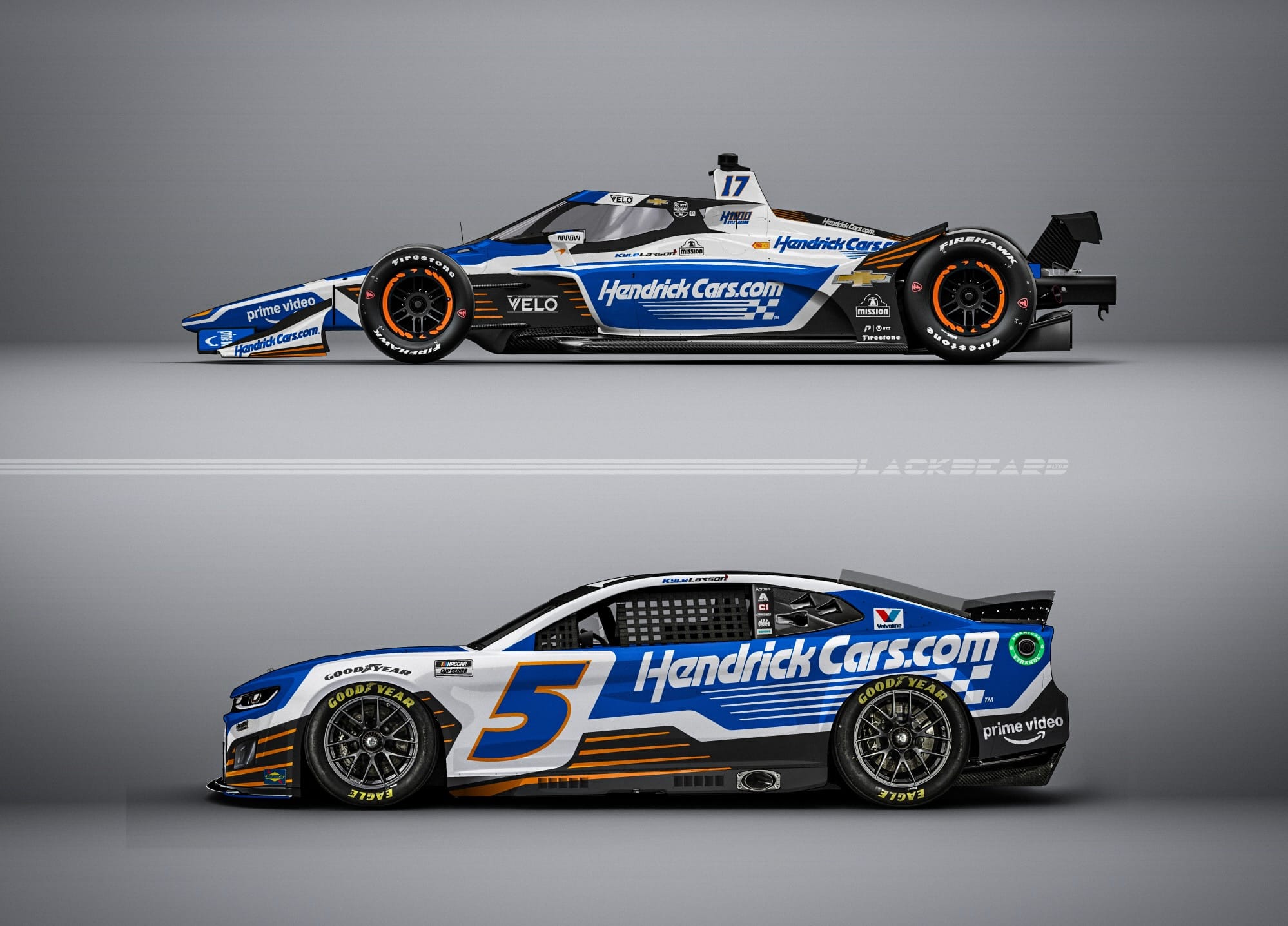
Marrying the iconic colors of HendrickCars.com and Papaya for Arrow McLaren brought challenges, but a stunning ending nonetheless. (Image credit: BLACKBEARDltd)
8️⃣ Your vehicle portfolio of work includes everything from pace cars, midgets, NASCAR stock cars, winged sprint cars, and even work in the aviation space with Red Bull and the private sector. Which vehicle type would you say is the most challenging to work on and why?
Anything new is tough to work on. It takes a while to get used to what balances out different vehicle shapes and proportions.
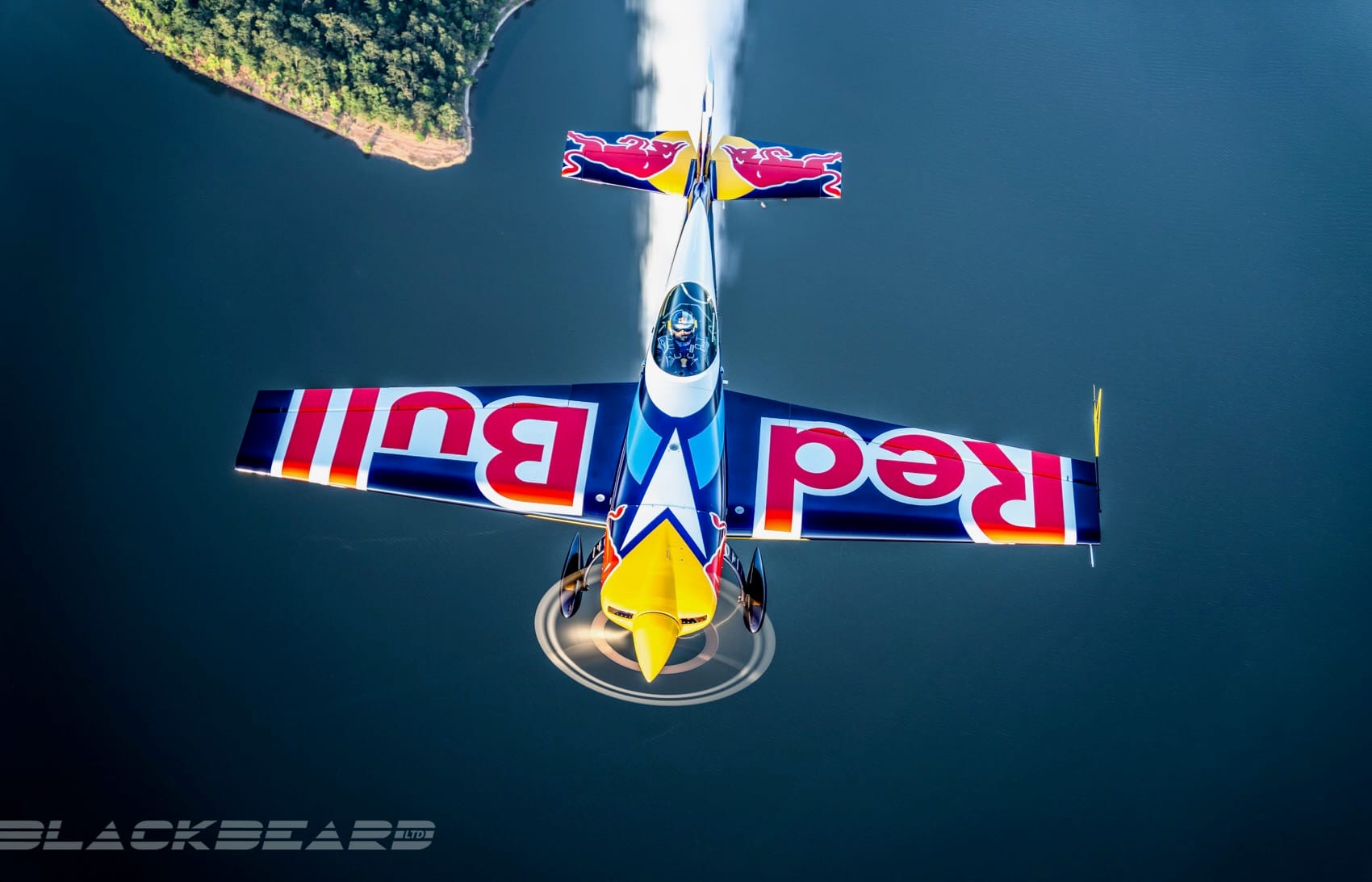
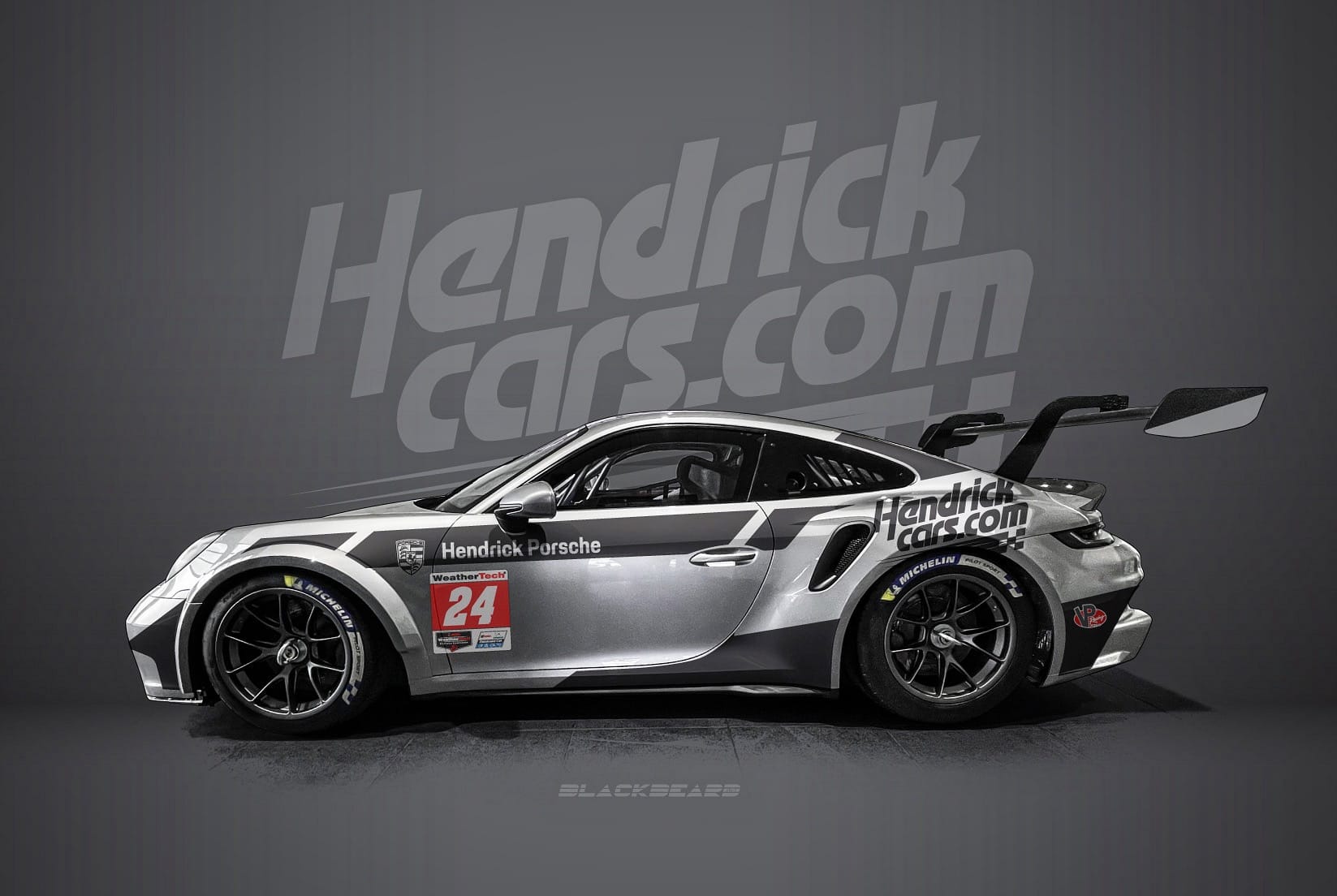
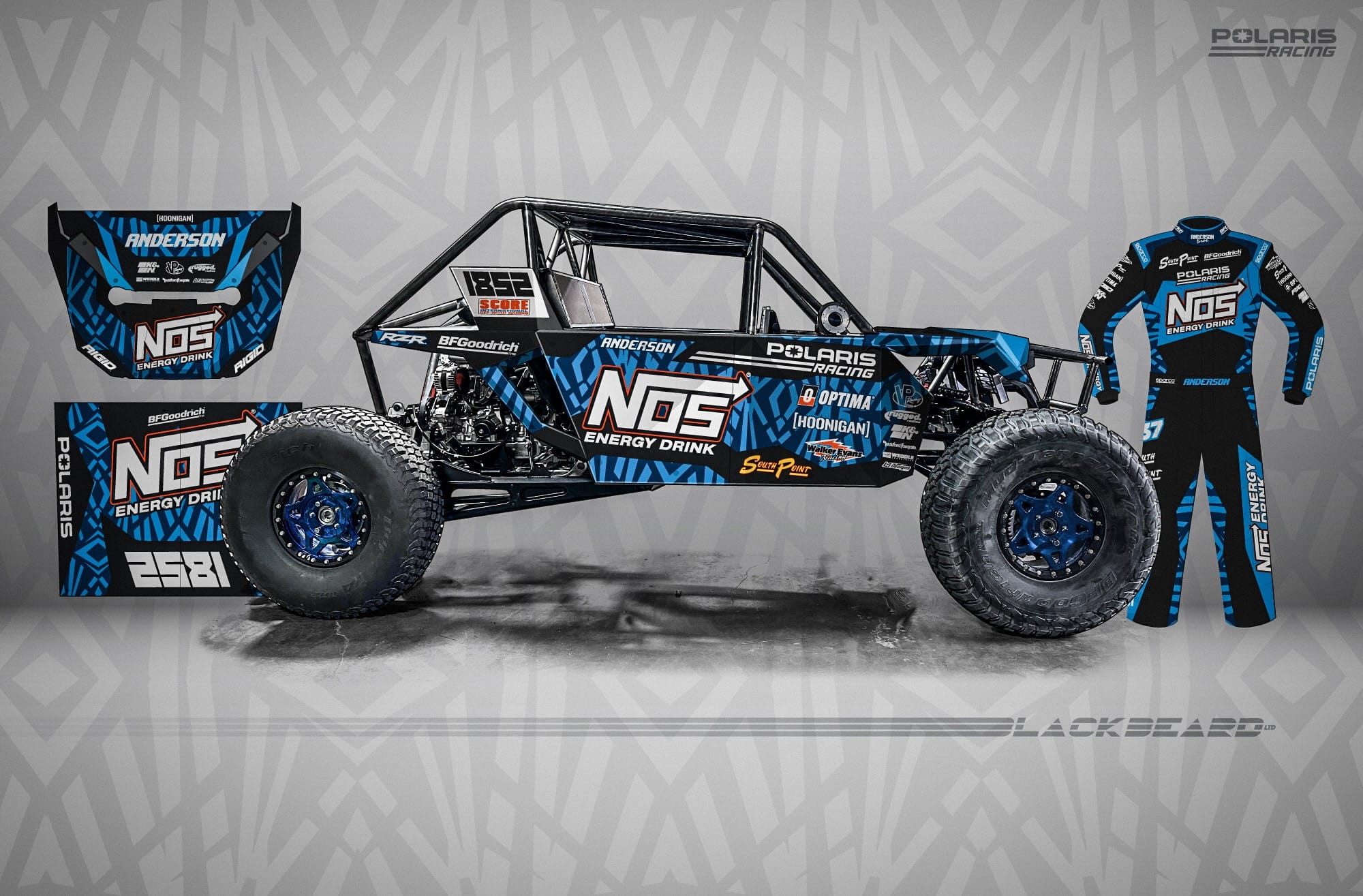
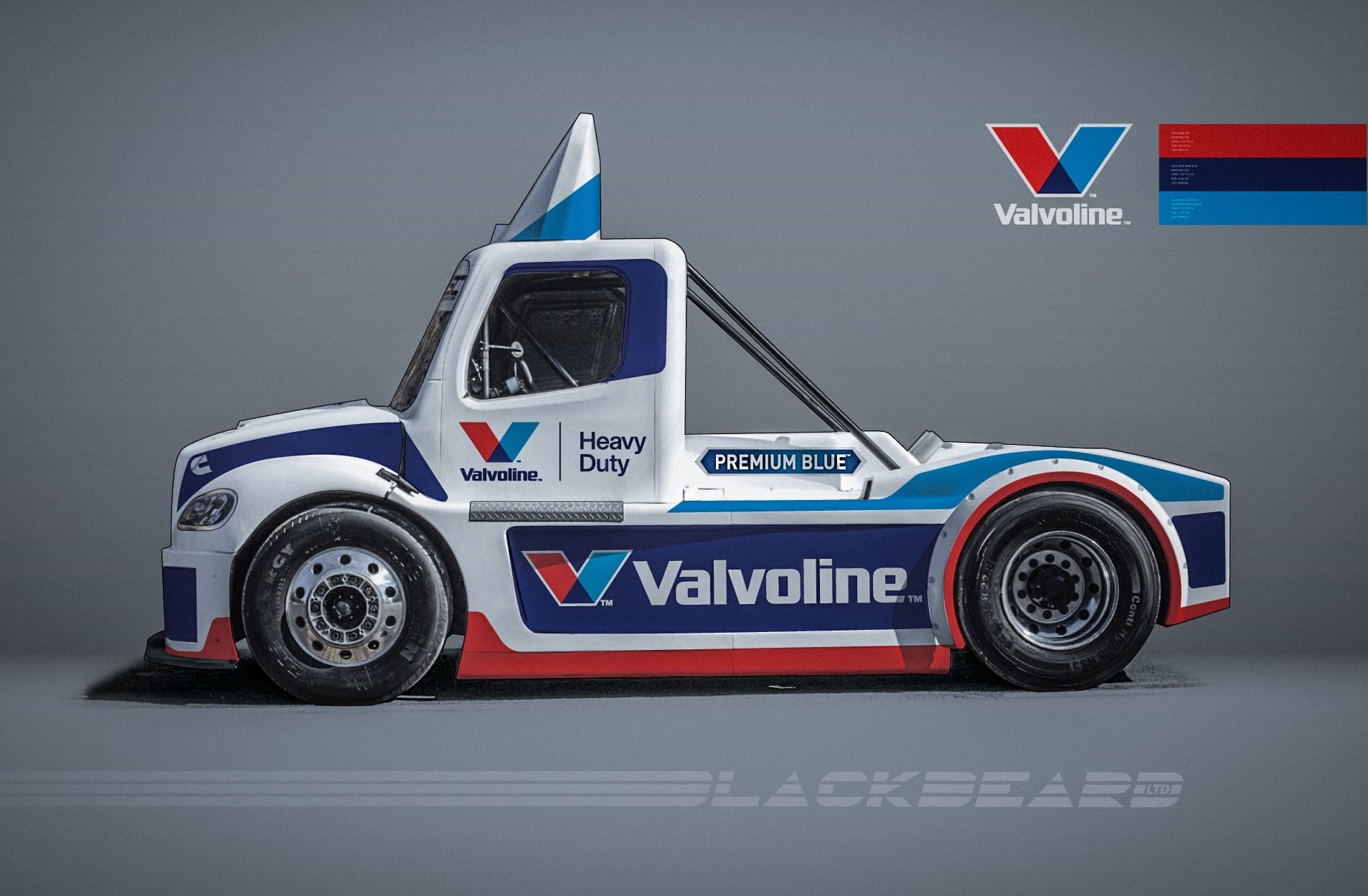
If it has an engine, Sean has probably designed for it. (Image Credit: BLACKBEARDltd.)
9️⃣ With such a diverse vehicle portfolio, the Chili Bowl Season seems to be very busy for you every year. How are you able to keep your ideas and designs fresh to keep deliver unique liveries for a wide rang of clients?
BRAND is king.
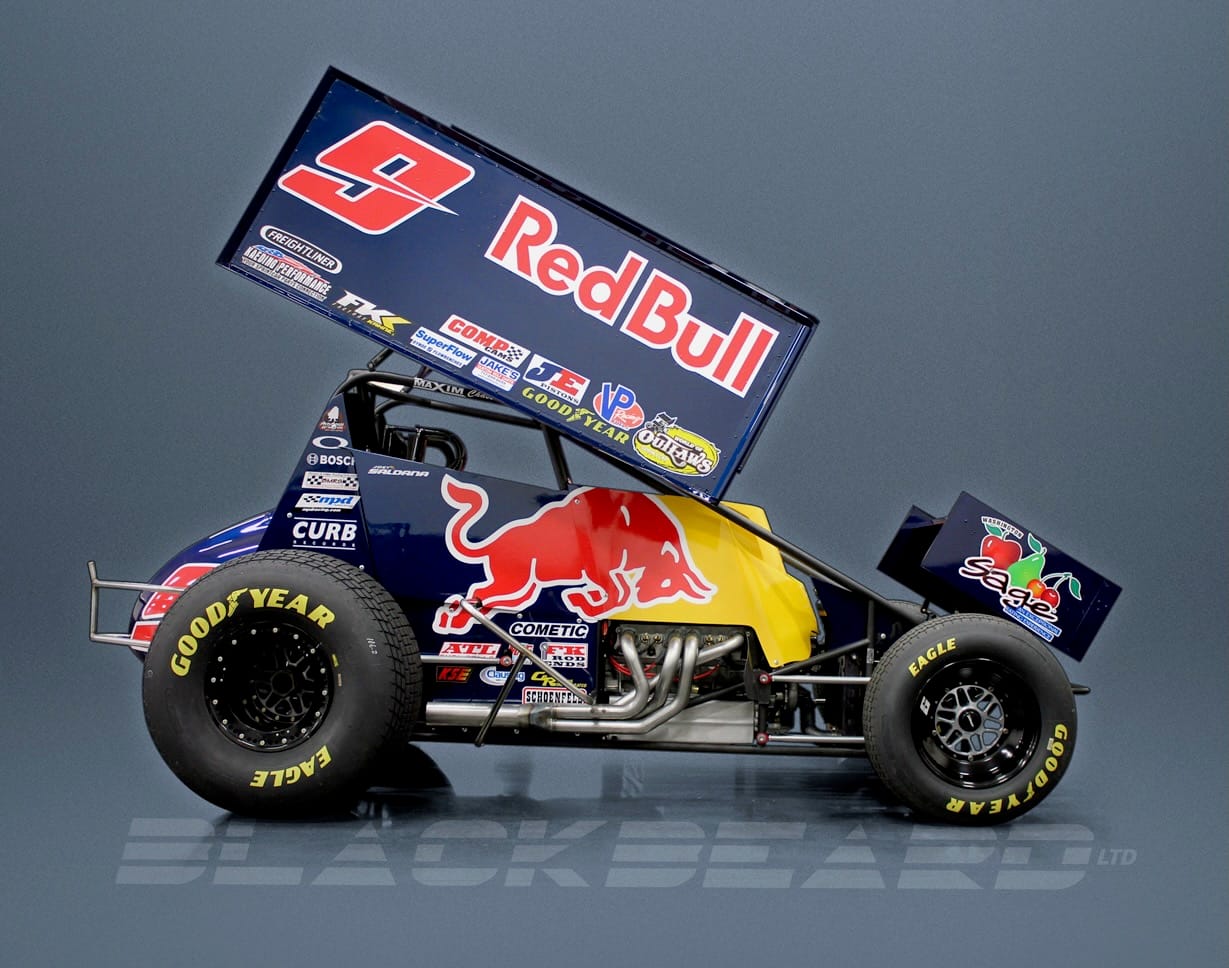
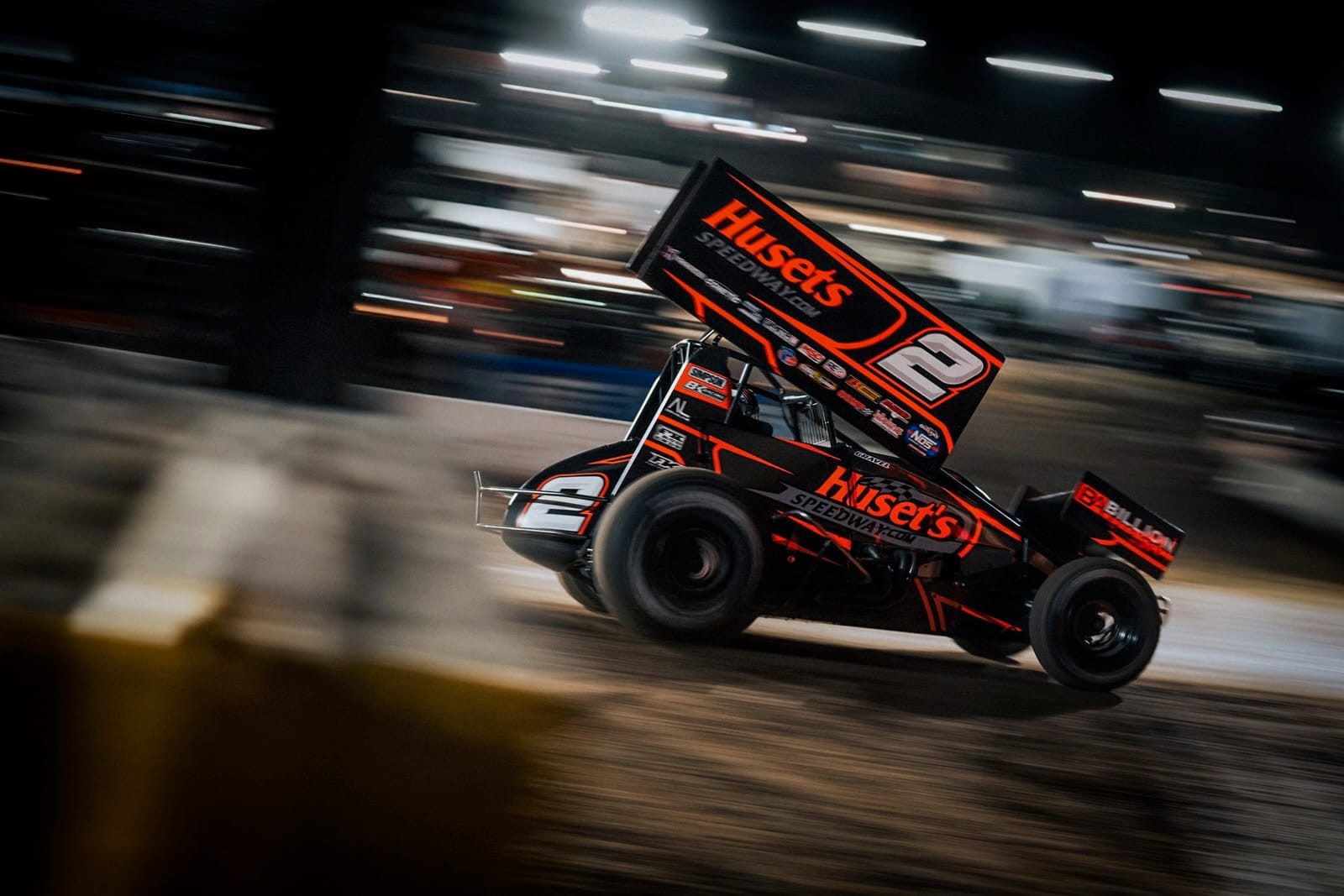
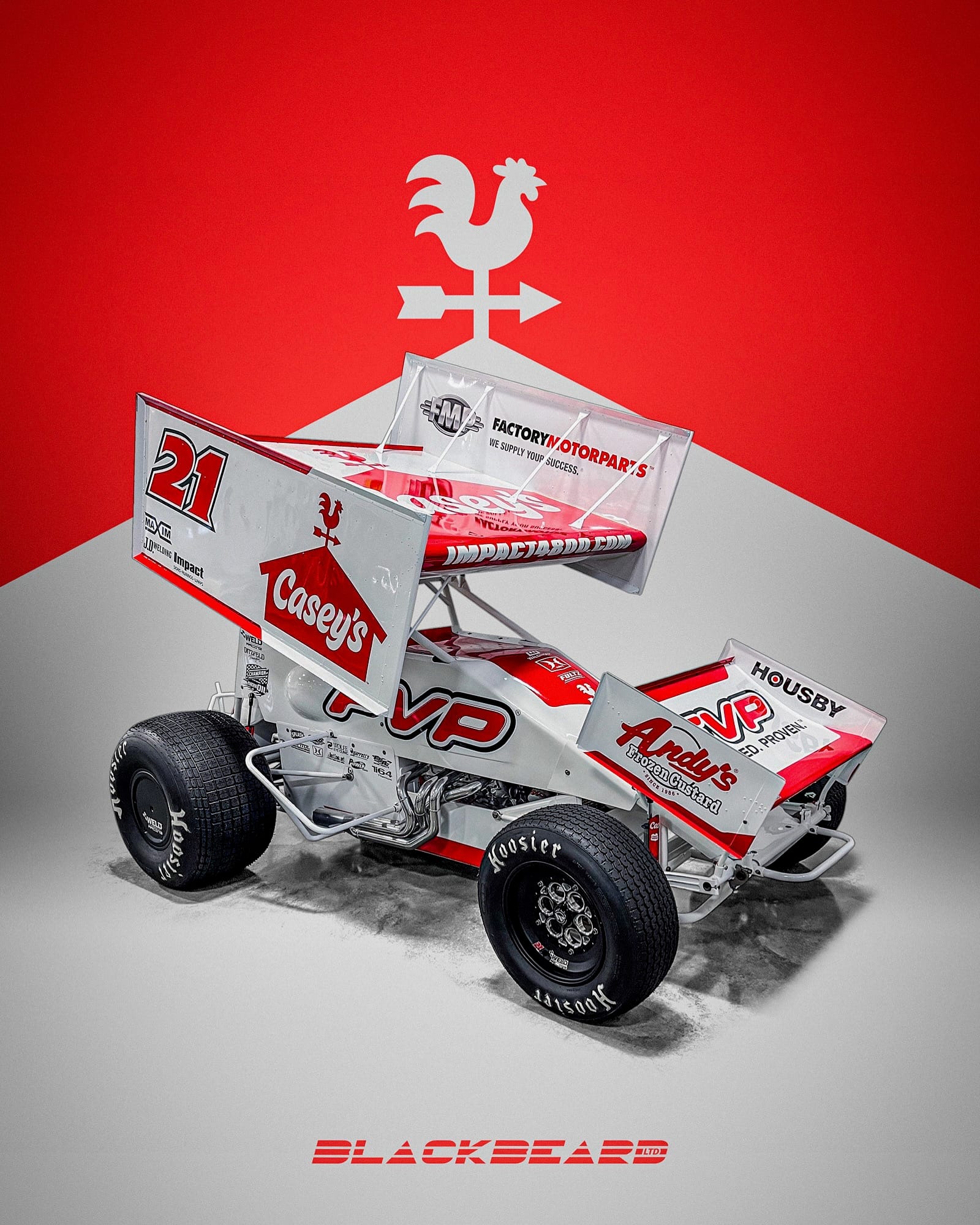
A crown jewel for dirt racing, the Chili Bowl often features many designs from Sean each year as his brand expands by word of mouth and presence online. (Image Credits: BLACKBEARDltd.)
🔟 Share a design tip for people just getting started.
Design without fear.
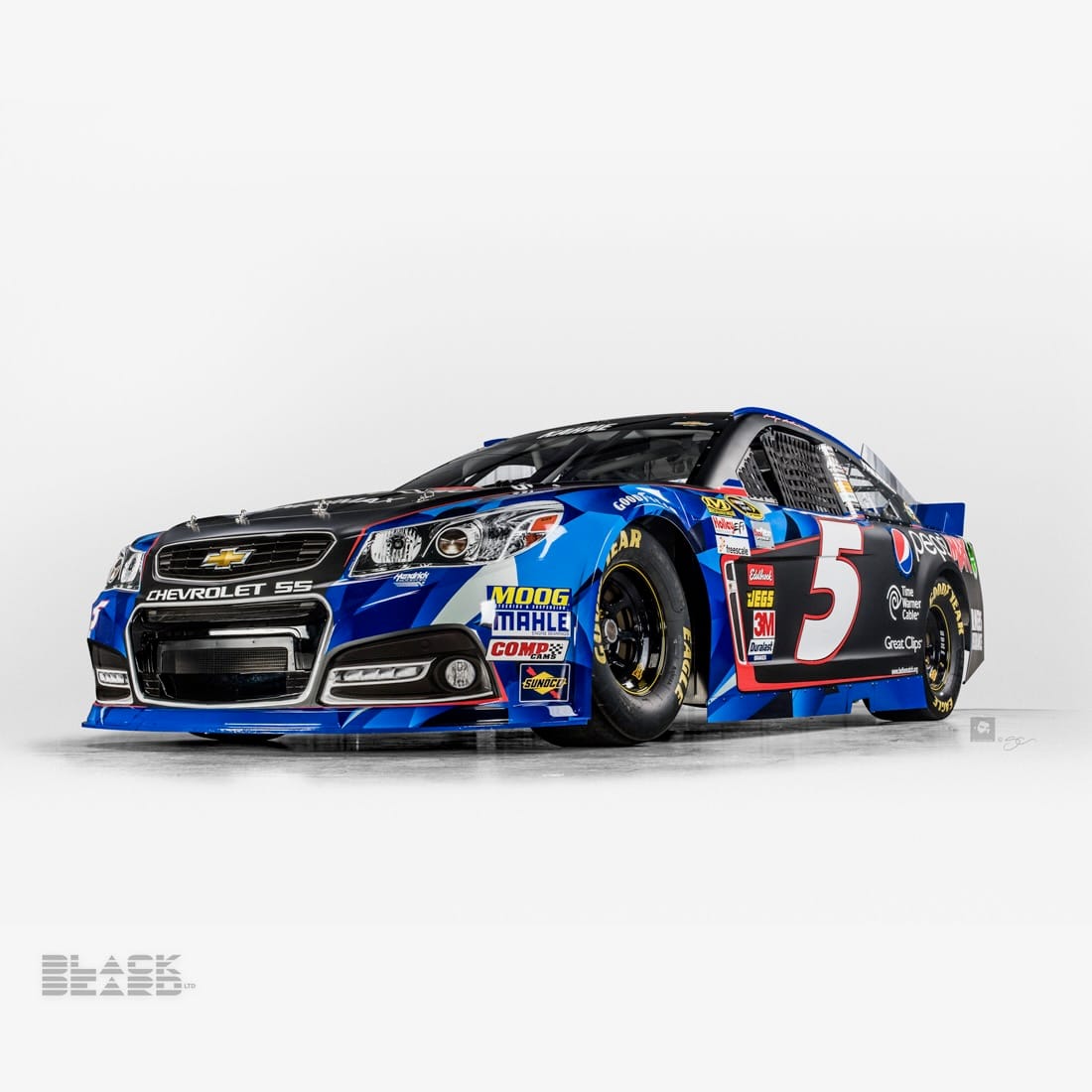
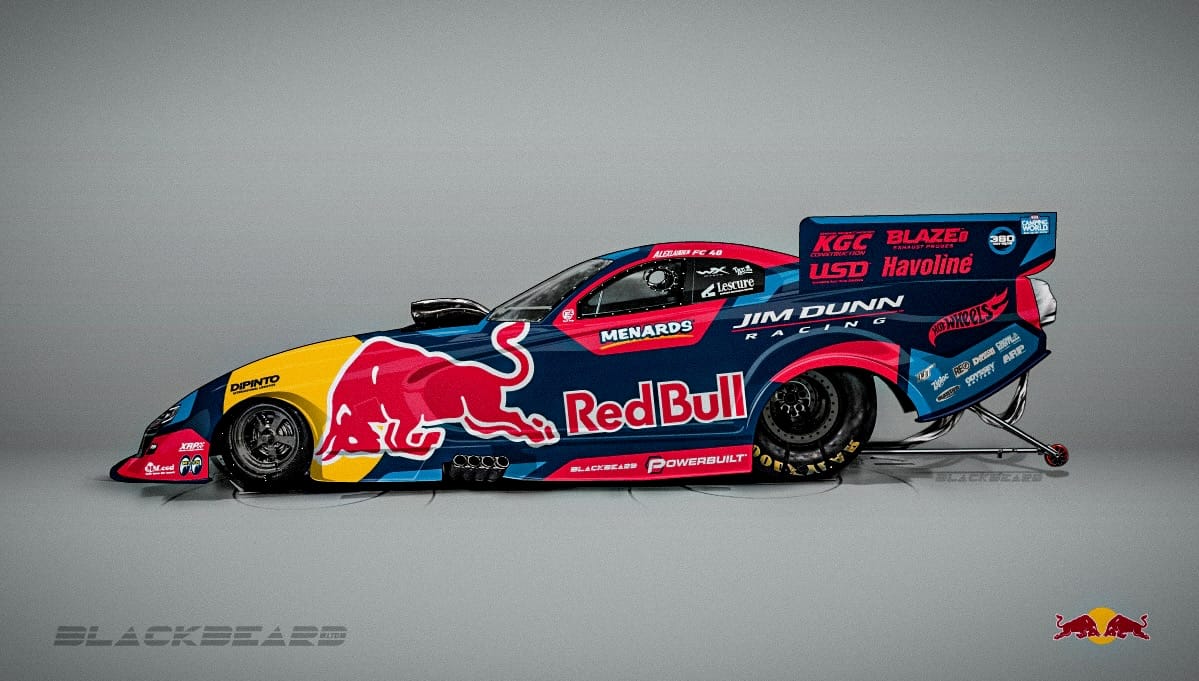
(Image Credit: BLACKBEARDltd.)

